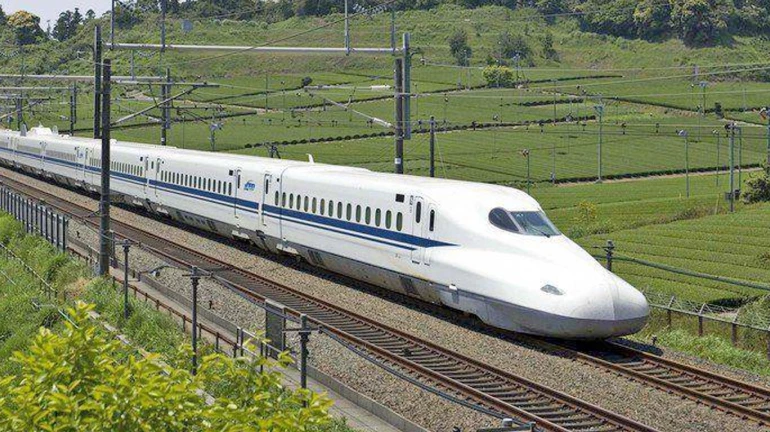
For the 16-kilometer portion of the 21-kilometer tunnel being constructed as part of the bullet train project that will connect Mumbai and Ahmedabad, the National High Speed Rail Corporation (NHSRCL) has begun casting concrete segments. Over 76,940 segments will be cast for the section that runs from Shilphata to Bandra Kurla Complex (BKC).
What Are Segments?
"Segments" are the precast concrete pieces that make up a tunnel's lining. Together, they form a continuous, stable lining that supports the tunnel walls and aids in controlling soil pressure and groundwater. These are installed inside the tunnel.
A full ring is formed by bolting or keying individual segments together. Then, as the boring machine moves forward, these rings are put together one after the other inside the tunnel.
After the soil is dug, segments are hauled to the tunnel face and installed by a tunnel boring machine right away. The newly excavated tunnel is immediately supported by the excavation and lining installation done concurrently.
Three Tunnel Boring Machines (TBMs) will be used to excavate 16 km of the entire length, and the New Austrian Tunnelling Method (NATM) will be used to build the remaining 5 km.
For the best long-term durability and greater structural integrity, high-strength M70 grade concrete is being used. The 98,898 square metre (9.9 hectare) casting and stacking yard in Mahape, Thane district, is presently being put into service.
The yard has a variety of cranes, gantries, and other equipment to automate and mechanise the casting processes, guaranteeing a high standard of quality assurance throughout the segment stacking and casting processes. Casting sheds, a stacking area, a batching plant, and a steam curing room will all be part of the complex.
On the 508-kilometer Mumbai-Ahmedabad High Speed Rail Corridor, the bullet or high-speed trains will travel at a speed of 320 kilometres per hour and stop at 12 stations. A total of 35 trains will run daily in one direction at a frequency of 20 minutes during peak hours and 30 minutes during off-peak hours.
The high-speed rail project is 508.09 kilometres long and runs from Ahmedabad to Mumbai. The train will run at 320 kmph between the two stations. It will take roughly two hours and seven minutes to complete the journey. It currently takes about six hours to finish the entire trip. The service between all stops will take 2 hours 58 minutes. Sabarmati is where the MAHSR corridor's Operations Control Centre will be located.
With the goal of operationalising the nation's first high-speed rail line as soon as possible, the NHSRCL is working on a mission mode.





